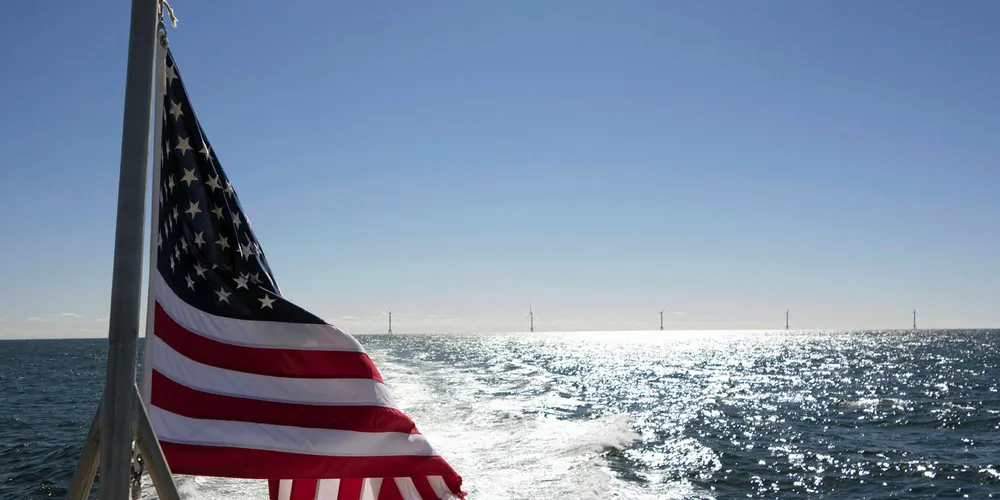Gulf of Mexico will benefit from coming wave of US offshore
OPINION | Lower wind speeds and occasional hurricanes will not prevent the region from growing a vibrant offshore sector, writes NREL principal engineer Walt Musial

OPINION | Lower wind speeds and occasional hurricanes will not prevent the region from growing a vibrant offshore sector, writes NREL principal engineer Walt Musial
